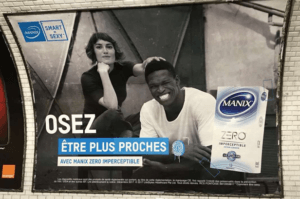Sommaire
Lessons from the 2020 digital crises
Once again this year, I am releasing my comprehensive study dedicated to the digital crises of the past year. Here are the key takeaways from the year.
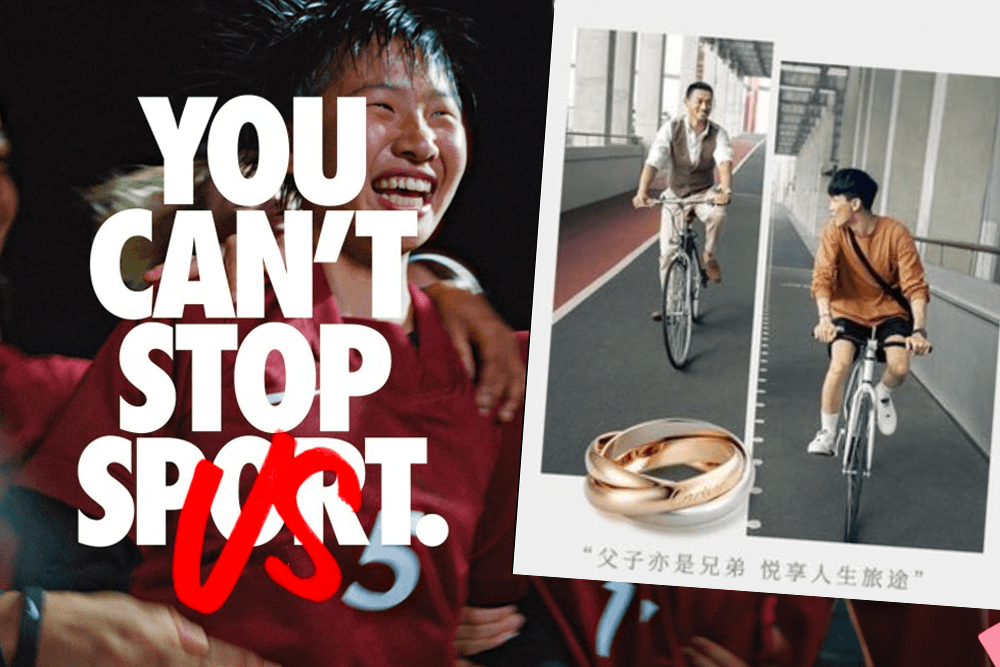
The influence of the coronavirus
The global health crisis has obviously had a major impact on digital crises, both in terms of the scale of the phenomenon (a fall in the number of cases, with more than 10% of crises being directly caused by covid), and in terms of the companies affected (4 sectors that have remained open, while the clothing sector, The causes and stakeholders (communication is less in the spotlight), media coverage (few crises are covered by many media) and the seasonal nature of the phenomenon, where the distribution is usually fairly even.
Cases follow confinements

With major drops in March, April and October, the number of cases in 2020 is perfectly in line with the timing of the various confinements.
The crises began with the problematic Courrier Picard headline in January, ‘Alerte jaune’, announcing the coronavirus.
After the arrival of the coronavirus, we witnessed the battle over masks and hydroalcoholic gel, which led to the sale of a stock of LMVH hydroalcoholic gel given away free at Carrefour.
The crisis has also triggered a battle of values between ecology and hygiene. The over-spraying trend has caused a stir for Carrefour and other shops. For Generali, it was the advice to avoid convenience stores that caused an uproar.
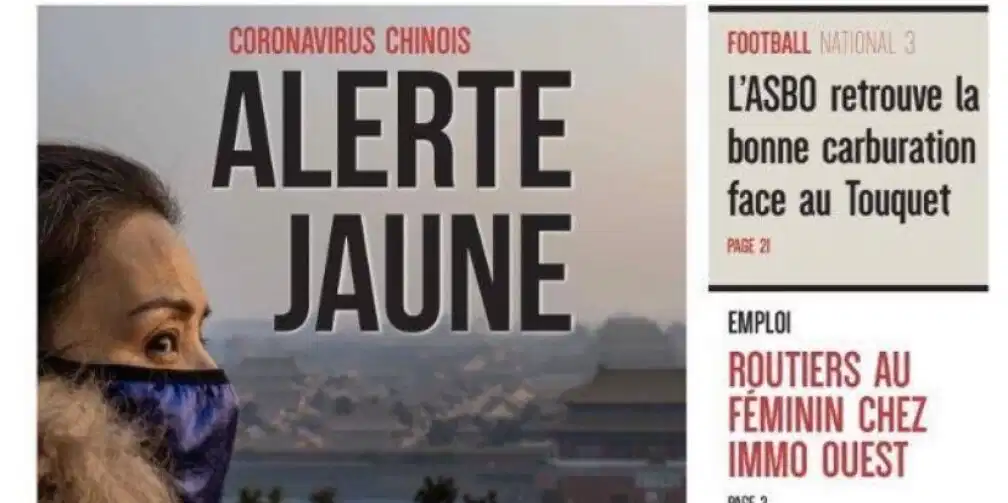



Finally, once the à la carte reconfinements had been deployed on a country-by-country basis, this caused a problem with the Belgian municipal newspaper of Quiévrain, which published an advertisement promoting a French hairdressing salon when all Belgian hairdressing salons had to close for health reasons.
Overall, 12.6% of outbreaks were caused by the coronavirus.
Last year's trends confirmed
Anti-science confirms its status as a new value
During this year of coronaviruses, the Raoult episode and the use of scientists by European governments in their public communications, the pro-science community has grown even stronger.
So it's no surprise to see another case of digital crisis with anti-science at its core. In fact, the narrative is the same as last year (Petit Bateau), i.e. advertising around the airwaves. The FAZUP start-up advertised anti-wave patches, triggering controversy and even a comment from the WHO.

Cultural difficulties in a globalised world
Once again this year, the concern of multinationals to communicate adequately in the different cultures of the countries in which they are present was observed.
The film ‘Monster Hunt’ caused a scandal because of a dialogue that was dubious, to say the least. During an exchange, there is a rhyme between knees and chinese. Except that in China this consonance evokes a racist nursery rhyme from the 20th century, sung in Anglo-Saxon countries to mock Asian immigrants.
In China, it was the Cartier brand that caused controversy with an advertising video showing two men on bicycles wearing the same ring, according to Cartier, a father and son, a version that was not believed.


In the same vein, the Nike advert described above is also an example of the globalisation of values in countries with different cultures and societal advances.
Racial tensions
In an advert, Nike wanted to denounce racial discrimination in Japan. Featuring a Korean-style dresser and a black person, the ad was intended to be critical of the way the Japanese look at diversity. A controversy ensued, with some people accusing Nike of being anti-Japanese, while the international press was rather critical of Japan.
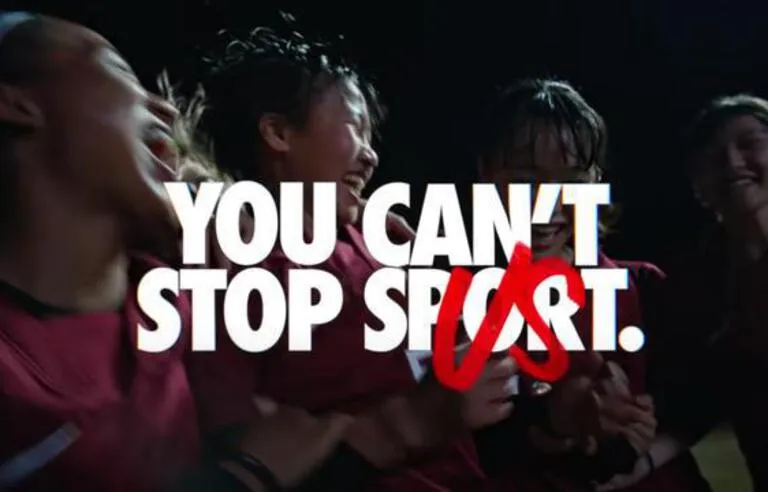
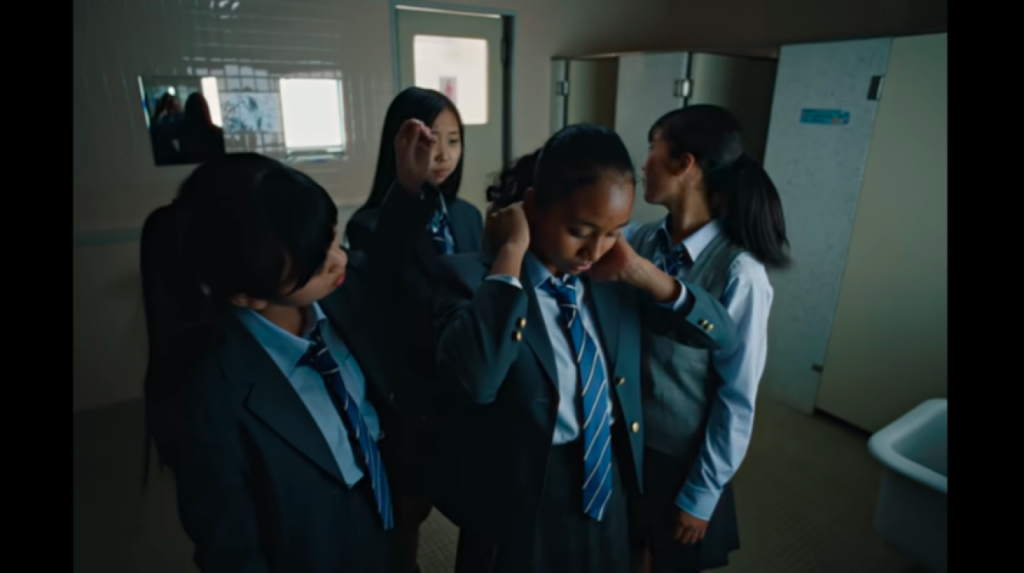
The same happened with L'Oreal, which banned all references to ‘white’, ‘whitening’ and ‘fairness’ from its products. In the aftermath, a boycott campaign was launched against the organisation.
This sometimes illustrates the preoccupation of organisations with tackling racial tensions, both because they see themselves as judges of a particular society, but also because they have a whole history behind them that they carry with them.
Issues of incest and paedophilia
Prior to the media frenzy surrounding incest, a number of cases were reported this year, although the issue had never really featured in the almost 750 cases reported in previous years. Netflix has been accused of sexualising teenage girls by showing them in suggestive positions.
The Secretary of State for Children and Families, Adrien Taquet, even took a stand: ‘Following warnings from associations, which I would like to thank, I have asked Amazon to put an end to the sale of sex dolls depicting children on their platform’.
The ‘lol surprise’ dolls sold to every little girl in the world caused a major controversy after a number of mothers filmed themselves showing that when they were immersed in icy water, suggestive underwear (fishnet stockings, leather bracelets, bras, etc.) appeared after a few seconds.
Finally, a Troll doll was also accused of being inappropriate because a button in the crotch could be pressed to make a suggestive scream.
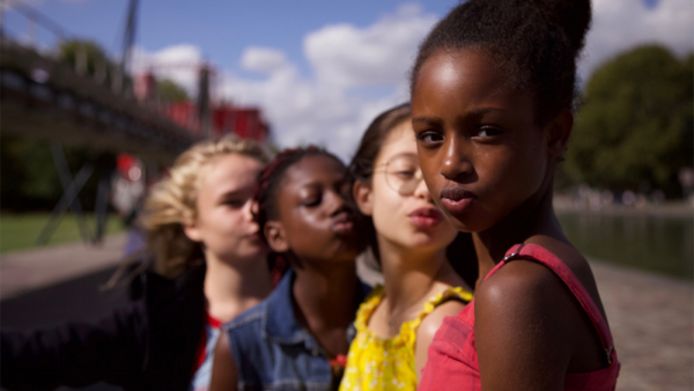
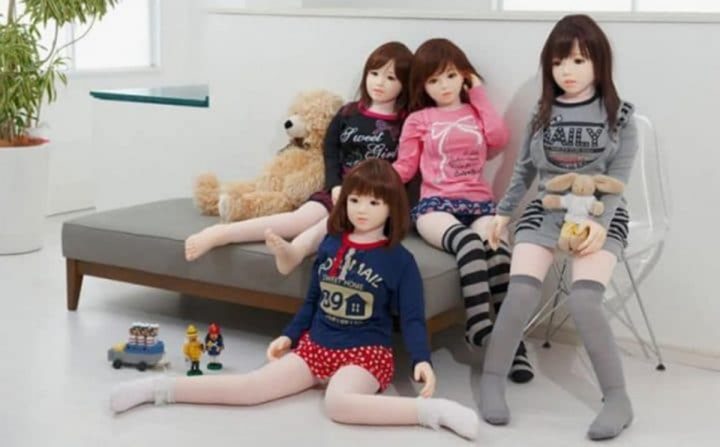


Conclusion
All in all, this gives us the following trends and constants :

Photo credit: Nike / Cartier

